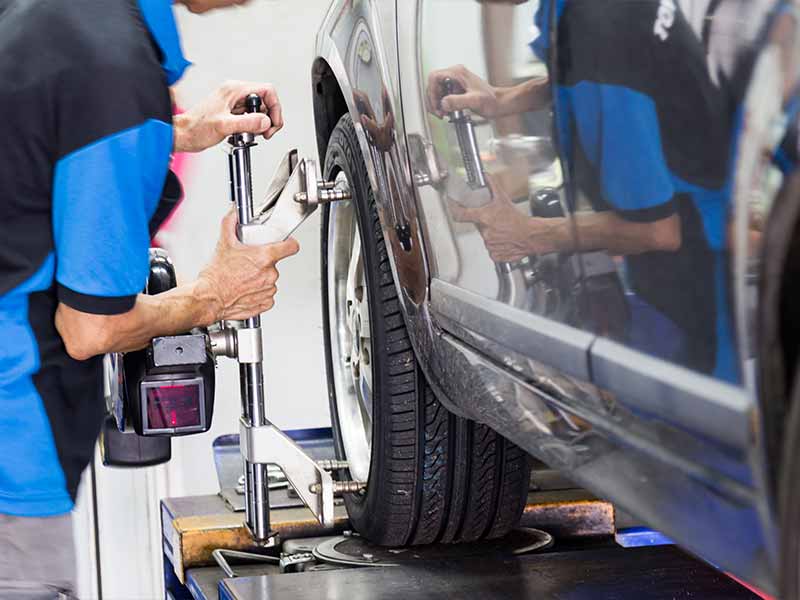A wheel alignment is an important maintenance task for your vehicle that helps to make sure your tires wear evenly and your car handles correctly. But, it can be a confusing topic.
In particular, there’s some common confusion around the difference between a 4-wheel or 2-wheel alignment.
4-Wheel Alignment Vs 2-Wheel Alignment
4-wheel alignment is a service that ensures all four wheels are aligned within vehicle manufacturer specifications and is needed by most modern cars and small SUVs.
2-wheel alignment only aligns the front wheels and is typically reserved for trucks and large SUVs with a solid rear axle.
In this article, we’ll explore the differences between the two types of alignments and help you figure out which one is best for your vehicle.
Let’s take a closer look.
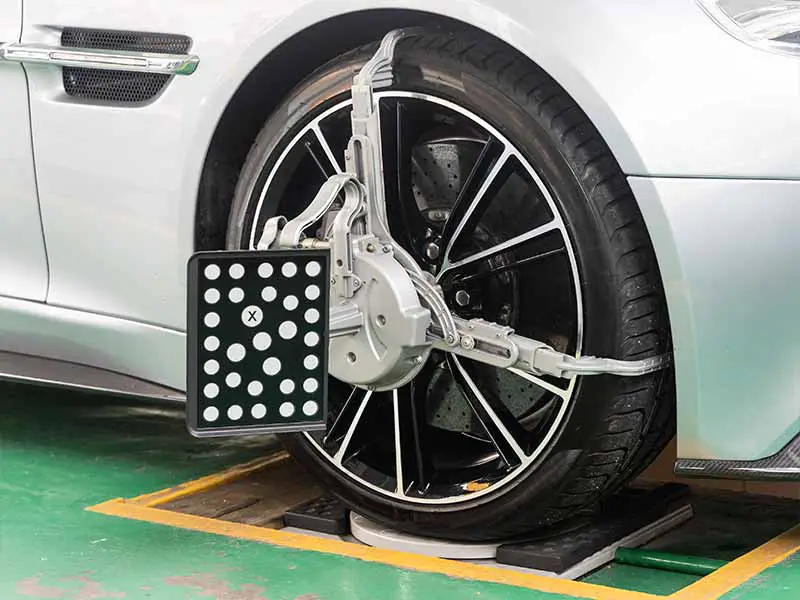
What Is 2-Wheel Alignment?
Simply put, a 2-wheel alignment is a type of wheel alignment that focuses solely on the front two wheels of a vehicle. This type of alignment is typically recommended for cars and trucks with solid rear axles, as the rear wheels are usually fixed in place and don’t require alignment adjustments.
During a 2-wheel alignment, a technician will check the camber and toe of the front wheels and make any necessary adjustments to align them. Camber refers to the angle of the wheels relative to the road surface, while toe refers to the angle of the wheels relative to each other. If either of these angles is out of alignment, it can cause uneven tire wear, poor handling, and other issues.
While a 2-wheel alignment may not be as comprehensive as a 4-wheel alignment, it can still be an effective way to improve the handling and safety of your vehicle.
What Is 4-Wheel Alignment?
A 4-wheel alignment, also known as a “full alignment,” is a more comprehensive type of wheel alignment that involves adjusting all four wheels of a vehicle. This type of alignment is typically recommended for cars or trucks with independent rear suspensions, as all four wheels can move independently and may require adjustments.
A 4-wheel alignment can be more time-consuming and involved than a 2-wheel alignment but can also provide more precise and comprehensive results. During a 4-wheel alignment, a technician will check all four wheels’ camber, caster, and toe and make any necessary adjustments to bring them into alignment. Caster refers to the angle of the steering axis, while camber and toe were previously defined.
Having a 4-wheel alignment performed on your vehicle can help ensure that all four wheels work together in harmony, providing optimal handling, safety, and tire wear.
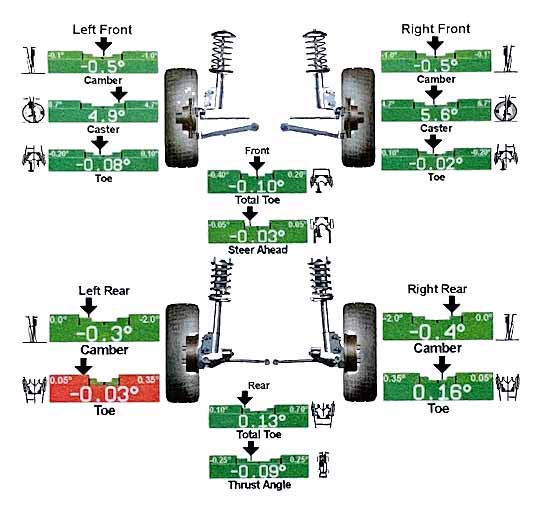
What Is A Rear Wheel Alignment?
A rear wheel alignment is a type of wheel alignment that focuses specifically on the back wheels of a vehicle. In many cases, a rear wheel alignment may be all that is necessary to correct issues with tire wear or vehicle handling.
During a rear wheel alignment, a technician will measure the angle of the rear wheels and adjust them as needed to ensure that they are parallel to each other and perpendicular to the ground. This can help prevent uneven tire wear, improve vehicle handling, and fuel efficiency.
Rear wheel alignments are typically less involved than 4-wheel alignments, as they only focus on the back wheels. However, they can still be important in maintaining your vehicle’s suspension and ensuring that your tires wear evenly over time.
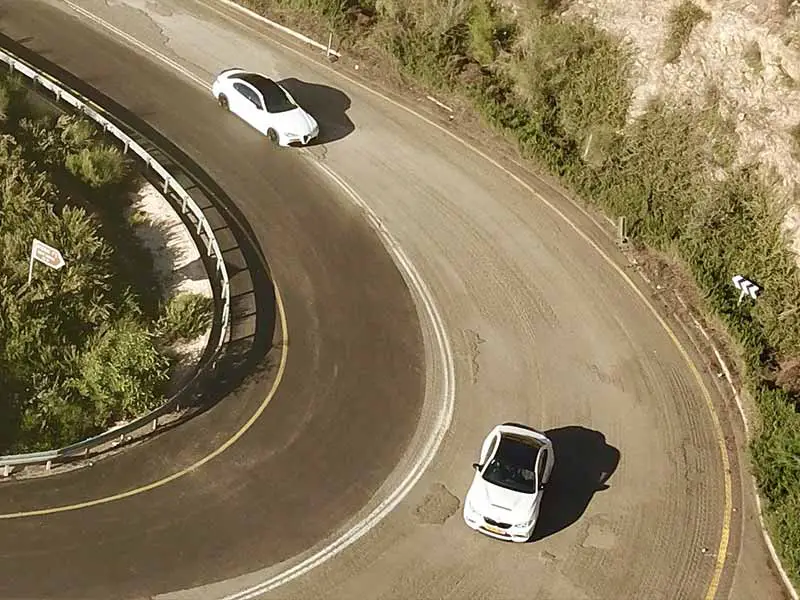
Thrust Angle Alignment Vs 4-Wheel Alignment
Thrust angle adjustment is a type of wheel alignment that focuses on correcting the angle between a vehicle’s front and rear axles. This angle is known as the thrust angle, and it plays a crucial role in how your car or truck handles and drives.
Over time, the thrust angle of your vehicle can become misaligned due to factors like hitting potholes, driving over rough terrain, or even just general wear and tear. This can cause your vehicle to pull to one side or the other, making it difficult to steer and potentially causing uneven tire wear.
To correct the thrust angle of your vehicle, a technician will measure the angle between the front and rear axles and make adjustments as needed to ensure that they are perfectly parallel. This can involve adjusting various components of your vehicle’s suspension system, including the rear control arms, toe links, and camber links.
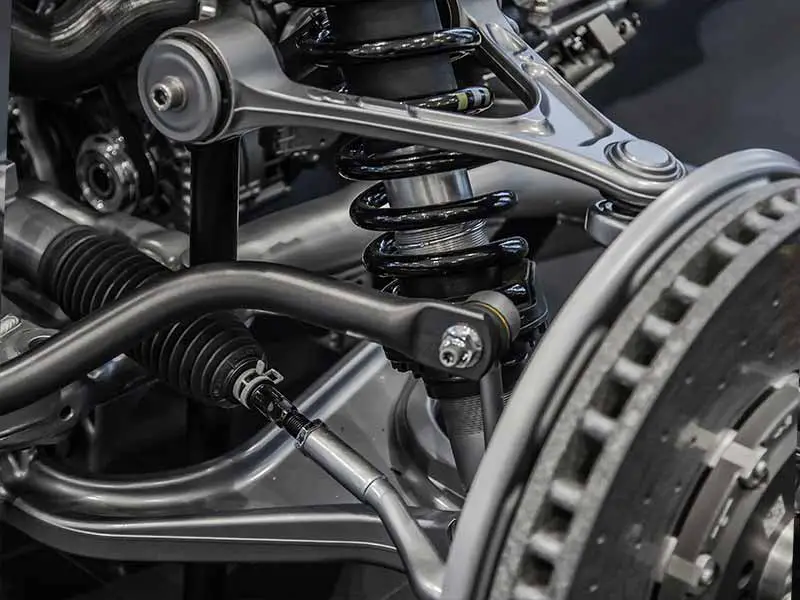
Camber, Caster, And Toe
Camber, caster, and toe are the three important adjustments that affect the alignment of your vehicle’s wheels.
Camber
Camber can affect how your tires wear and can also impact your vehicle’s handling. This refers to the angle of the wheels when viewed from the front or rear of the vehicle. If the wheels tilt inward at the top, that’s called negative camber, and if they tilt outward, that’s positive camber.
Caster
This refers to the angle of the steering pivot when viewed from the side of the vehicle. Proper caster can help with steering stability and return the steering wheel to its original position after turning.
Toe
Improper toe can cause your vehicle to pull to one side, affect tire wear, and impact handling. This refers to the angle of the wheels when viewed from above. Toe-in means that the front of the wheels are closer together than the back, while toe-out means the front of the wheels are further apart than the back.
How Do You Know If You Need An Alignment?
There are a few telltale signs that your vehicle may need an alignment. The most obvious symptom is if your car or truck is pulling to one side or the other while driving, which can be caused by misaligned wheels. Another sign is if your steering wheel is off-center or crooked when you’re driving straight. You might also notice uneven or rapid tire wear resulting from wheels that are not correctly aligned.
If you’ve recently hit a curb or pothole, it’s also a good idea to check your alignment. Even a small impact can throw off your vehicle’s alignment and cause problems down the road. Also, if you’ve recently had any suspension or steering work done on your vehicle, it’s important to have the alignment checked to ensure that everything is working properly.
Regular alignment checks can also help prevent issues from arising in the first place. Most manufacturers recommend getting an alignment check at least once a year or every 10,000 miles, whichever comes first. This can help catch any alignment issues early on and prevent more serious problems from developing.

Do You Need A 4-Wheel Alignment On A 2wd Car Or Truck?
It depends on the specific car and its suspension system. In general, a 2-wheel alignment is all that’s really possible to align on 2WD cars and trucks if they have a solid rear axle. However, 2WD vehicles that have an independent rear suspension mean that all four wheels may need to be aligned.
Resources
Below are some links you may find helpful when learning about tires
- What’s the difference between a two-wheel and four-wheel alignment? – Firestone
- Why proper alignment is important for your tires – Continental Tire
Final Thoughts
The type of alignment your vehicle needs will depend on a variety of factors, including the type of vehicle you have, the driving conditions you face, and the wear and tear on your tires. While a 4-wheel alignment is generally recommended for most vehicles, there may be circumstances where a 2-wheel alignment is sufficient.
Remember, regular alignment checks and adjustments are important for the health and longevity of your tires and can ultimately save you money in the long run. If you’re not sure what type of alignment your vehicle needs, it’s always best to consult with a trusted tire professional who can help guide you in the right direction.
Whether you opt for a 4-wheel or 2-wheel alignment, taking care of your tires is essential for keeping your vehicle running smoothly and safely on the road.
Good luck and happy motoring.
